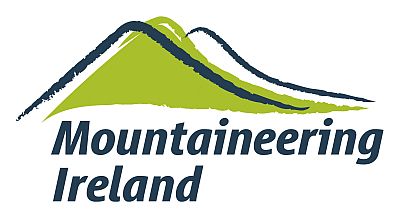Build a fire reflector from damp timber close to the downwind side of your fire. This captures some of the heat normally blown away and at the same time drys damp timber for later fuel.
Lay a fire foundation of dry timber; then lay your tinder and fire on
top of this. As the fire begins, it slowly burns down into the dry fire
foundation - giving you a good hot ember base.
In wet ground conditions or snow, place a foundation of wet timber beneath your dry fire foundation, to prevent the fire burning into the wet ground.
In heavy rain start your fire in a cave, under an overhanging rock/overhanging bank, or somewhere as dry as possible, before moving it out into the rain - if that is where it needs to go.
Generally keep your fire as small and as smokeless as possible. A small fire can still be plenty hot and do the job it needs to, but requires less fuel, less work and attracts less attention.
Keep out of the smoke as much as possible. Smoke dehydrates you, can give you a headache and can dry out/crack your hands.
Two wet logs/stumps, one on either side of the fire can help to keep it contained and provide a 'cooking hob'. To repeat from above; you generally want your fire as small and as contained as possible - the two wet logs/stumps can really help this.
A pyramid lay gets the fire blazing up and allows you to enlarge if needed.
A horizontal lay gets the fire burning steady and protects it from heavy rain/snow - if fuel is stacked two or three logs high at least.
A star lay, with three large logs pushing into the fire, gets the fire burning steady and cuts down on having to constantly fuel and look after your fire. With a star lay keep your upwind 'working/cooking corridor' free from log obstructions.
Bedding down at night a deep horizontal lay of thick damp/wet logs will help preserve your fire for morning.
Find yourself a green withy to use as a poker. Holly or hazel is nice.
More Bushcraft Resources Here
In wet ground conditions or snow, place a foundation of wet timber beneath your dry fire foundation, to prevent the fire burning into the wet ground.
In heavy rain start your fire in a cave, under an overhanging rock/overhanging bank, or somewhere as dry as possible, before moving it out into the rain - if that is where it needs to go.
Generally keep your fire as small and as smokeless as possible. A small fire can still be plenty hot and do the job it needs to, but requires less fuel, less work and attracts less attention.
Keep out of the smoke as much as possible. Smoke dehydrates you, can give you a headache and can dry out/crack your hands.
Two wet logs/stumps, one on either side of the fire can help to keep it contained and provide a 'cooking hob'. To repeat from above; you generally want your fire as small and as contained as possible - the two wet logs/stumps can really help this.
A pyramid lay gets the fire blazing up and allows you to enlarge if needed.
A horizontal lay gets the fire burning steady and protects it from heavy rain/snow - if fuel is stacked two or three logs high at least.
A star lay, with three large logs pushing into the fire, gets the fire burning steady and cuts down on having to constantly fuel and look after your fire. With a star lay keep your upwind 'working/cooking corridor' free from log obstructions.
Bedding down at night a deep horizontal lay of thick damp/wet logs will help preserve your fire for morning.
Find yourself a green withy to use as a poker. Holly or hazel is nice.
More Bushcraft Resources Here




















